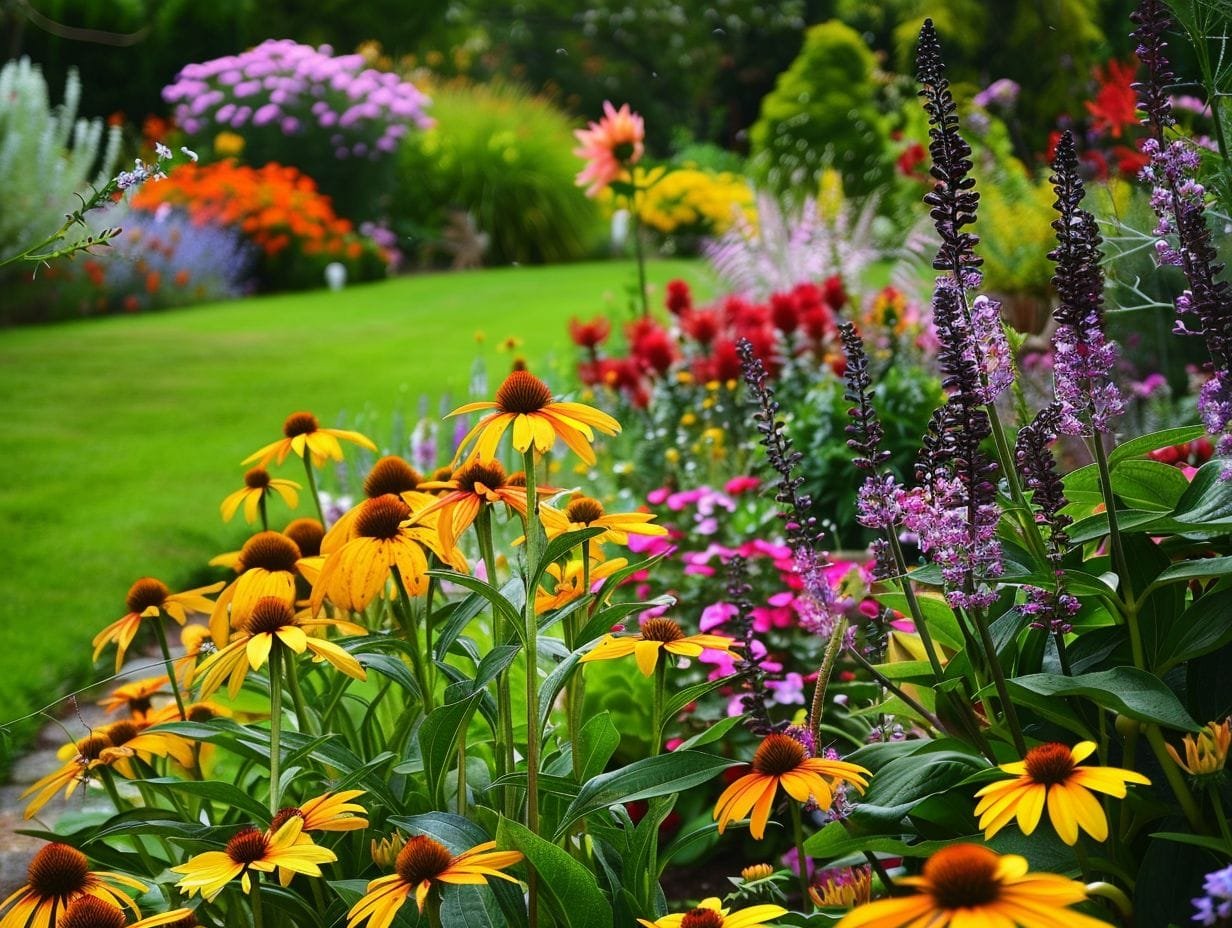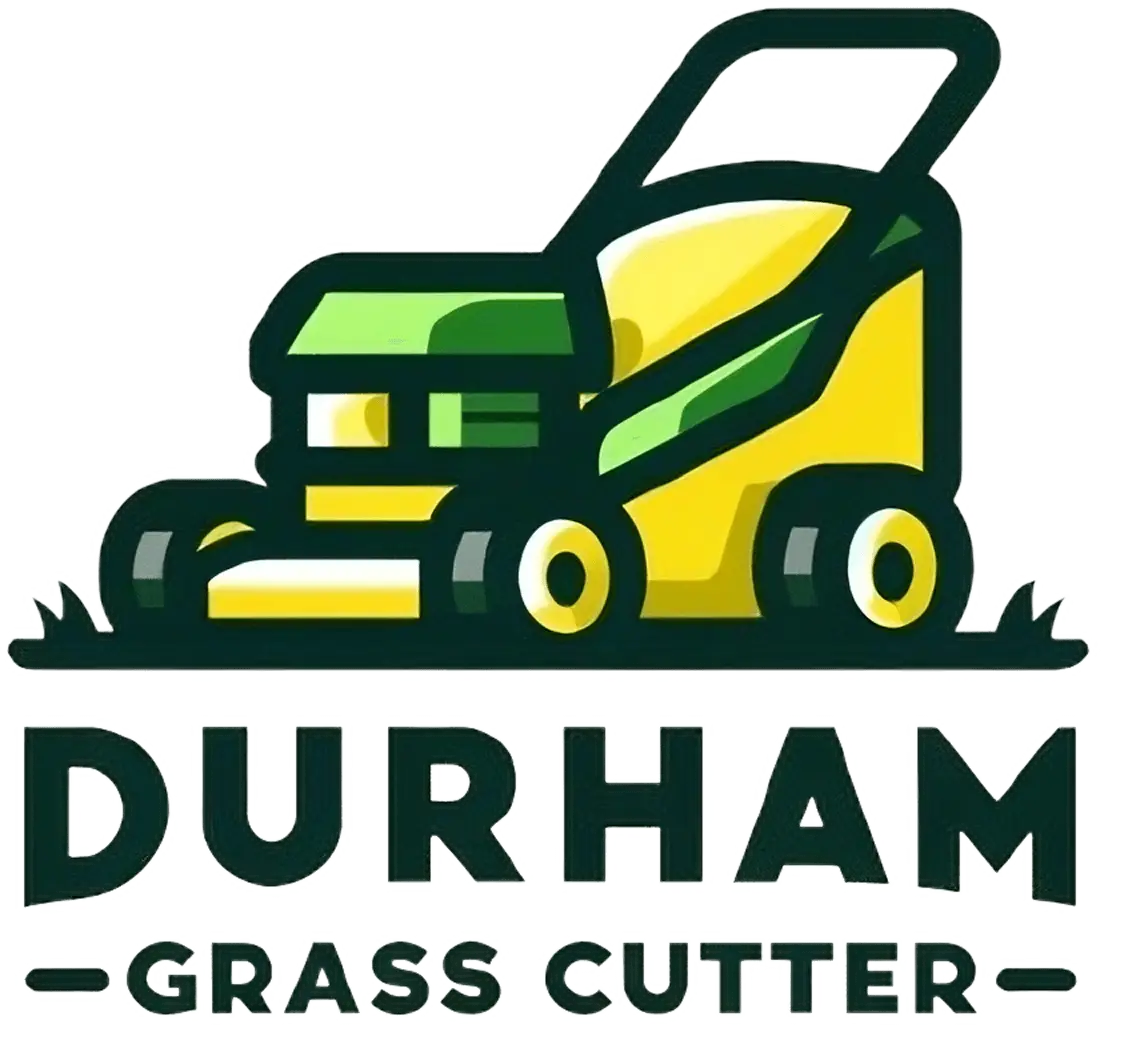Our guide delves into the significance of pollinators in garden ecosystems and offers insights on how to attract them. Pollinators play a pivotal role in plant reproduction, underscoring their importance for the overall health and vitality of a garden.
This article delves into various pollinator species commonly found in different regions and provides guidance on establishing a pollinator-friendly garden. It explores the selection of suitable plant species, the provision of shelter, and the availability of water sources to support pollinator populations.
Additionally, the guide offers strategies for attracting specific pollinator groups such as bees, butterflies, and birds. It also sheds light on potential pitfalls to avoid to safeguard the well-being of these vital creatures. Join us as we delve into the fascinating world of pollinators and discover how to cultivate a garden that serves as a welcoming habitat for these essential organisms.
The Importance of Pollinators in Your Garden
Pollinators fulfill an essential function in the vitality and prosperity of gardens, as they facilitate the critical process of pollination necessary for the development and propagation of numerous plant species. Through the attraction of pollinators such as bees, butterflies, and hummingbirds, individuals can substantially enrich the biodiversity and robustness of their outdoor environments, establishing a dynamic and flourishing garden that sustains local wildlife and contributes to the broader ecosystem.
Why Pollinators are Essential for Plant Growth
Pollinators play a crucial role in plant growth by facilitating the process of pollination, which is essential for fertilization and the subsequent production of seeds and fruits. This fundamental biological process entails the transfer of pollen grains from the male reproductive organs to the female reproductive organs of flowers. Common pollinators such as bees, butterflies, birds, and other insects are integral to this natural cycle.
The absence of pollinators would impede the reproduction of many plant species, leading to a reduction in biodiversity. Noteworthy examples of plants heavily dependent on pollinators include apple trees, squash plants, and almond trees. The symbiotic relationship between plants and pollinators ensures the perpetuation of plant species and contributes significantly to the sustainability of ecosystems.
Types of Pollinators

There exist diverse categories of pollinators that can be attracted to one’s garden, encompassing bees, butterflies, birds, and various insects, each fulfilling a distinct role in the pollination process.
Identifying Common Pollinators in Your Area
The identification of common pollinators in a specific geographical area is a critical initial step in the establishment of a pollinator-friendly garden. This process serves to enhance understanding regarding the naturally occurring species and effective methods to attract a greater abundance of them.
For instance, bees can be identified by their fuzzy bodies and distinctive buzzing noise, particularly when they are actively engaged in gathering pollen and nectar from flowers. Conversely, butterflies are often distinguished by their vibrant wing patterns and delicate fluttering patterns. Hummingbirds exhibit rapid wingbeats and possess long, slender bills, which are specialized for extracting nectar.
Along with these well-known pollinators, insects such as beetles and flies also play a significant role in pollination. Their diverse shapes and sizes become apparent as they transition from one flower to the next. The utilization of field guides or participation in local nature groups can offer valuable resources and expert knowledge to facilitate the accurate identification of these essential pollinators.
Creating a Pollinator-Friendly Garden
Establishing a garden that is conducive to pollinators entails the careful selection of appropriate plant species, the provision of suitable shelter, and the maintenance of a consistent water source to attract and support a diverse array of pollinating insects.
Choosing the Right Plants
Selecting the appropriate flora is paramount in enticing pollinators to your garden, with an emphasis on indigenous species, vivid hues, and aromatic blossoms that are abundant in nectar and pollen.
Indigenous plants play a critical role in establishing a familiar and advantageous habitat for regional pollinators, ensuring their longevity and propagation. Opting for an assortment of seasonal blooms guarantees a consistent food supply for pollinators throughout the year. It is advisable to cultivate a variety of flowers such as bee balm, coneflowers, butterfly bush, and lavender to allure bees, butterflies, and hummingbirds. Encompassing a diverse array of plants will cater to the distinct preferences of various pollinators and foster a thriving ecosystem within your garden.
Providing Shelter and Water Sources
It is imperative to establish shelter and water sources in your garden to cultivate a hospitable habitat for pollinators, ensuring their access to a secure environment for resting and hydrating.
Shelter plays a vital role in shielding pollinators from potential predators and adverse weather conditions, while water sources provide essential hydration to support their critical activities. To address these requirements effectively, one may consider the installation of bee hotels to offer nesting sites for solitary bees, the provision of bird baths or shallow dishes with rocks to facilitate drinking for butterflies and birds, and the establishment of protected areas utilizing natural materials such as logs, rocks, and indigenous plants for refuge.
These components will not only attract pollinators but also enhance the overall biodiversity and well-being of your garden ecosystem.
Attracting Specific Pollinators
Drawing in particular pollinators to your garden necessitates the implementation of focused strategies and techniques tailored to meet the distinct preferences and requirements of bees, butterflies, and birds.
Strategies for Attracting Bees, Butterflies, and Birds
Strategies aimed at attracting bees, butterflies, and birds involve a series of carefully planned actions. These include the deliberate planting of a diverse range of blooming flowers, the provision of easily accessible water sources, and the construction of habitats that offer both sustenance and protection.
Bees exhibit a particular affinity towards plant species such as lavender, sunflowers, and wildflowers due to the generous amounts of nectar and pollen they provide. In contrast, butterflies are drawn to plants like milkweed, coneflowers, and butterfly bushes, which are known to be particularly hospitable to these colorful insects. Birds, on the other hand, display a preference for plants that bear seeds, berries, or nectar, such as sunflowers, native grasses, and trumpet vines.
By incorporating a combination of these plant varieties into one’s garden, it is possible to establish a varied and enticing ecosystem for pollinators. Furthermore, the presence of additional features such as birdbaths, shallow water dishes, and bird feeders can further heighten the allure of a garden, making it even more appealing to these beneficial creatures.
Common Mistakes to Avoid
It is imperative to refrain from common errors when cultivating a garden that is conducive to pollinators. This precaution ensures that endeavors to attract and sustain pollinating insects are not unintentionally causing harm to them.
Things That Can Harm Pollinators
Factors that can have detrimental effects on pollinators in a garden encompass the utilization of chemical pesticides, limited diversity in plant species, and inadequate provision of shelter or water sources.
Chemical pesticides pose a substantial risk to pollinators due to their toxic nature, which can disrupt the natural behaviors of these essential insects. Opting for environmentally friendly alternatives such as neem oil or implementing the introduction of beneficial insects like ladybugs can serve to safeguard pollinators.
It is imperative to cultivate a garden with a diverse array of plants that bloom at various times, ensuring a consistent and reliable food supply for pollinators. Establishing habitats such as bee hotels and bird baths can offer crucial shelter and water resources necessary for the survival of these vital creatures.
Through the adoption of sustainable practices and the avoidance of harmful chemicals, individuals can curate a secure and nurturing environment that supports the flourishing of pollinators within their garden.
